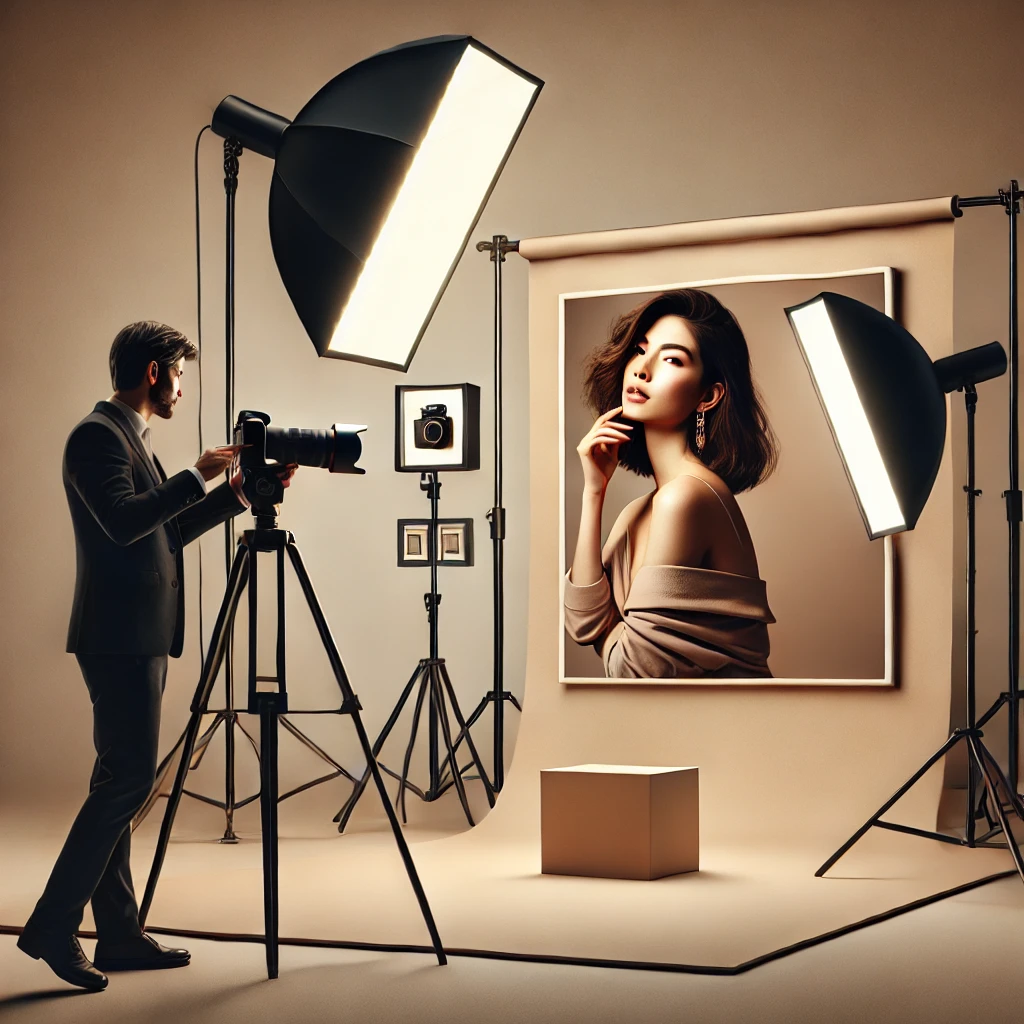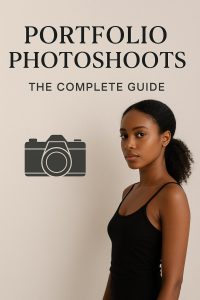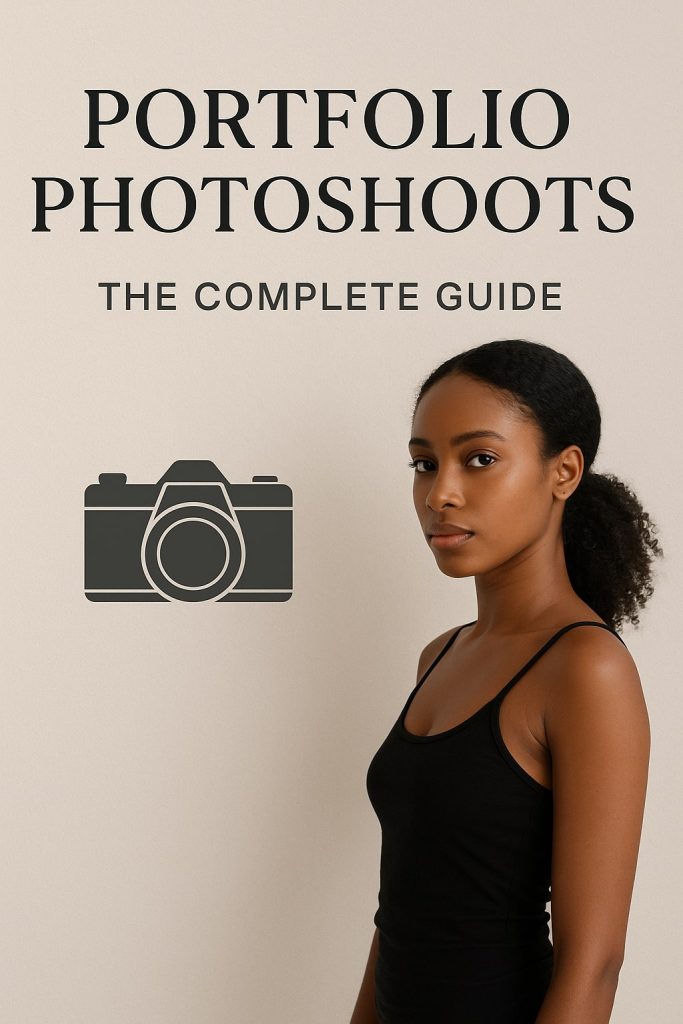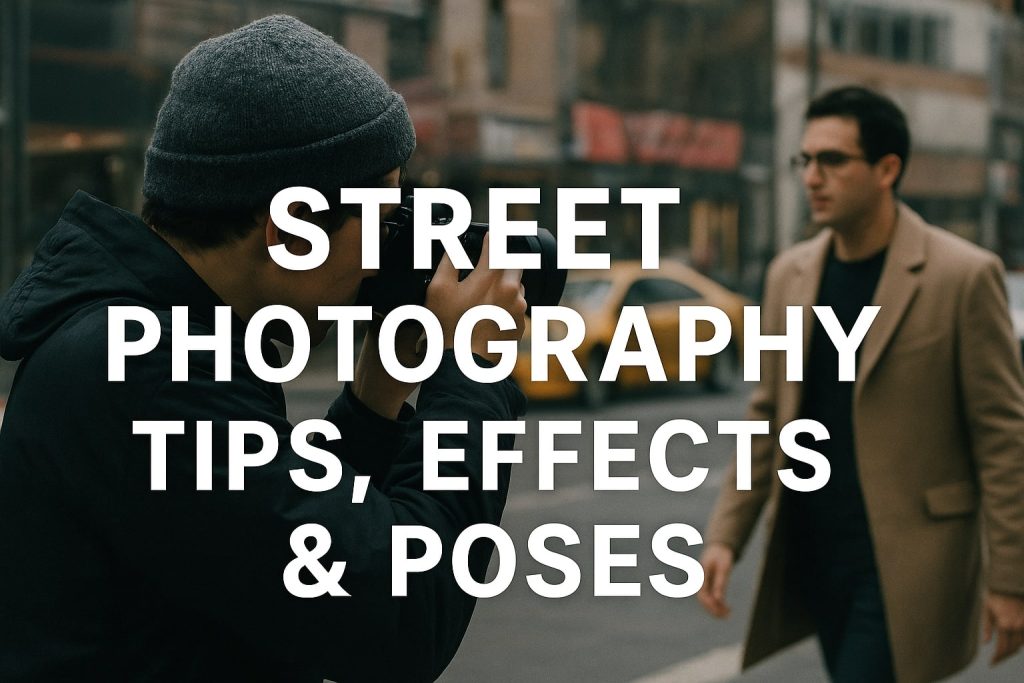Professional portraits capture the essence of a subject while maintaining high-quality composition, lighting, and posing techniques. Whether you’re a beginner or an experienced photographer, understanding how to create professional portraits requires attention to detail, skillful execution, and creative vision. This guide provides an in-depth approach to enhancing your portrait photography and making every shot look polished and magazine-worthy.
Understanding the Elements of Professional Portraits
1. Mastering Lighting Techniques
Lighting plays a crucial role in portrait photography, as it sets the mood, highlights facial features, and eliminates unwanted shadows. Here are some lighting techniques to consider:
- Natural Light: The golden hour, just after sunrise or before sunset, provides a soft and warm glow that enhances skin tones.
- Studio Lighting: Using softboxes, beauty dishes, and reflectors helps control shadows and create flattering lighting setups.
- Rembrandt Lighting: This technique creates a small triangle of light on one side of the face, adding depth and dimension.
- Butterfly Lighting: Ideal for beauty portraits, it positions the light directly in front of the subject to create a soft shadow under the nose.
2. Choosing the Right Background
A cluttered or distracting background can ruin the impact of a portrait. To achieve professional-looking portraits:
- Opt for neutral or blurred backgrounds to draw attention to the subject.
- Use shallow depth of field (bokeh) by selecting a wide aperture (e.g., f/1.8 – f/2.8).
- Consider textured backgrounds such as brick walls or artistic murals to add character.
- Experiment with studio backdrops for classic headshots or corporate portraits.
3. Perfecting Composition and Framing
A well-composed portrait draws the viewer’s eye to the subject’s face and conveys emotion effectively. Consider these composition techniques:
- Rule of Thirds: Position the subject slightly off-center for a more dynamic look.
- Leading Lines: Use elements like roads, fences, or staircases to direct attention toward the subject.
- Tight Framing: Close-up portraits emphasize facial expressions and details.
- Negative Space: Leaving empty space around the subject can create a minimalist, artistic effect.
4. Posing for Confidence and Comfort
A natural and relaxed pose enhances the authenticity of a portrait. Guide your subjects with:
- Subtle movements: Encourage slight tilts of the head, soft hand placements, and natural postures.
- Interaction with props: Holding a book, cup of coffee, or piece of fabric can create storytelling elements.
- Engaging expressions: Ask the subject to think of a happy memory or talk about something they enjoy.
- Angles and perspectives: Shooting from slightly above can create a flattering look, while eye-level shots provide a direct connection.
5. Styling and Wardrobe Choices
Outfit selection impacts the overall feel of the portrait. Keep these points in mind:
- Solid colors and neutral tones work best to avoid distractions.
- Textures and layers add depth and sophistication.
- Avoid logos and busy patterns that might take attention away from the face.
- Coordinate with the setting—a formal outfit suits a corporate portrait, while casual wear complements lifestyle photography.
6. Enhancing Portraits with Post-Processing
Editing can refine the final image while maintaining a natural look. Use these techniques:
- Skin Retouching: Use frequency separation in Photoshop or skin-smoothing tools in Lightroom.
- Color Correction: Adjust white balance, contrast, and saturation for accurate tones.
- Dodge and Burn: Enhance highlights and shadows to add dimension.
- Sharpening Details: Emphasize the eyes, lips, and hair for a crisp, professional finish.
Advanced Tips for Exceptional Portrait Photography
1. Understanding the Subject’s Personality
A professional portrait should reflect the subject’s character. Before the shoot:
- Have a conversation to understand their personality and comfort level.
- Choose poses that align with their natural expressions and energy.
- Capture candid moments for authenticity.
2. Creating an Emotional Connection
A strong emotional connection between the subject and camera enhances the portrait’s depth. Encourage:
- Genuine smiles through casual conversation.
- Thoughtful gazes for storytelling elements.
- Soft expressions that feel natural rather than forced.
3. Experimenting with Different Lenses
The right lens can significantly impact the quality of professional portraits:
- 50mm (Nifty Fifty): Offers a natural perspective with beautiful bokeh.
- 85mm: Ideal for flattering facial features and minimizing distortion.
- 24-70mm Zoom Lens: Versatile for different compositions and framing.
- 200mm Telephoto: Compresses the background for cinematic effects.
4. Incorporating Motion and Creativity
Adding subtle movement makes portraits feel dynamic and engaging:
- Ask the subject to walk, twirl, or play with hair.
- Capture mid-motion shots for a cinematic touch.
- Experiment with environmental elements like wind, fabric, or water.
5. Shooting in Different Lighting Conditions
Adapt to various lighting scenarios for flexibility in portrait photography:
- Golden Hour: Soft, warm light enhances skin tones and creates a dreamy effect.
- Overcast Days: Even lighting prevents harsh shadows and highlights.
- Indoor Natural Light: Use large windows as diffused light sources.
- Night Portraits: Experiment with artificial lights, neon signs, or long-exposure techniques.
Conclusion
Creating professional portraits requires a combination of technical expertise, artistic vision, and thoughtful execution. From lighting techniques and composition to styling and editing, every element plays a role in refining the final image. With practice and creativity, you can elevate your portrait photography skills and consistently deliver stunning results.
Whether you’re capturing headshots, fashion editorials, or intimate portraits, implementing these strategies will help you achieve a polished and professional look every time.

Mobile Photography Hacks: Candid Moments with Your Phone
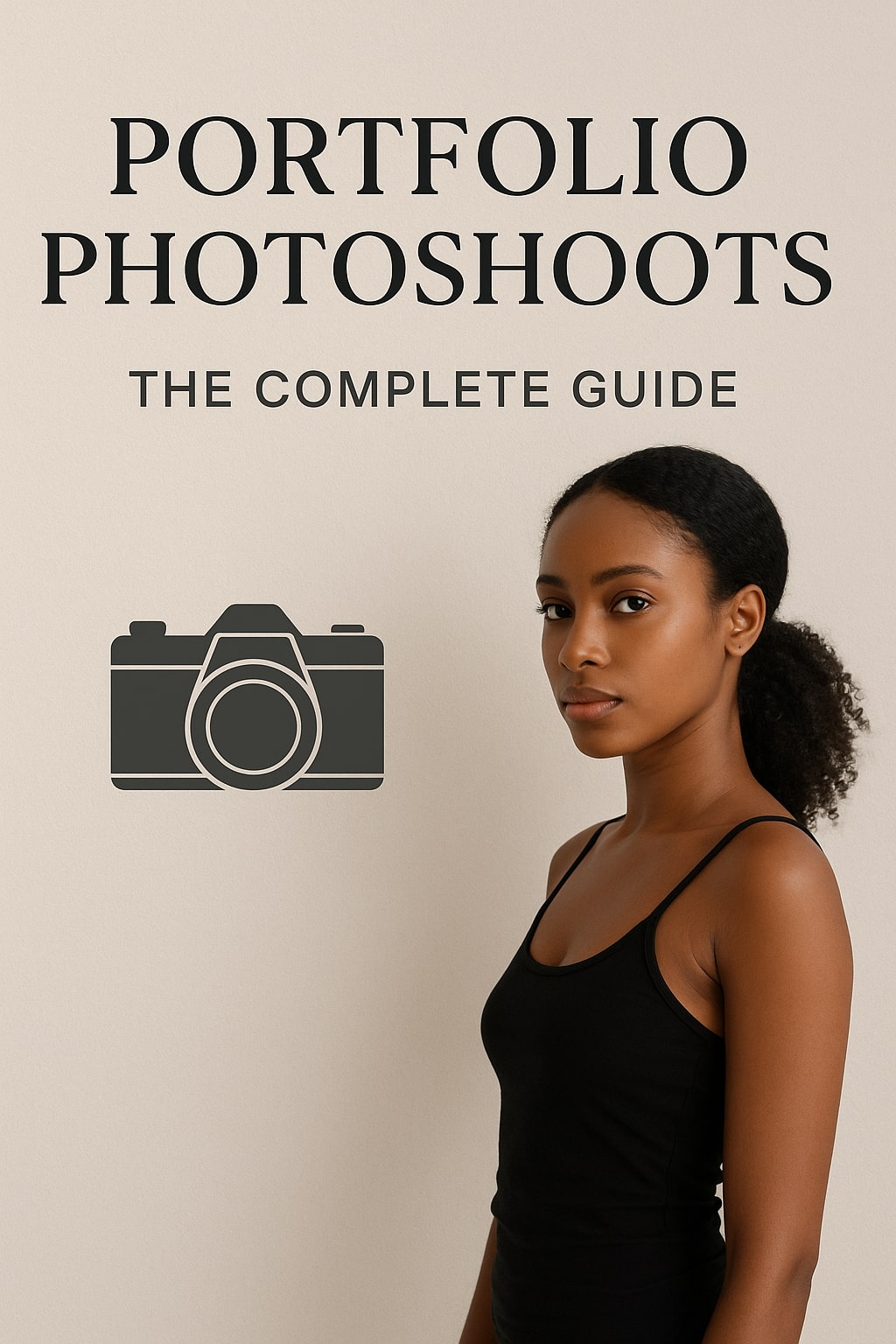
Professional Model & Portfolio Photoshoots: Show Your Best Work
-
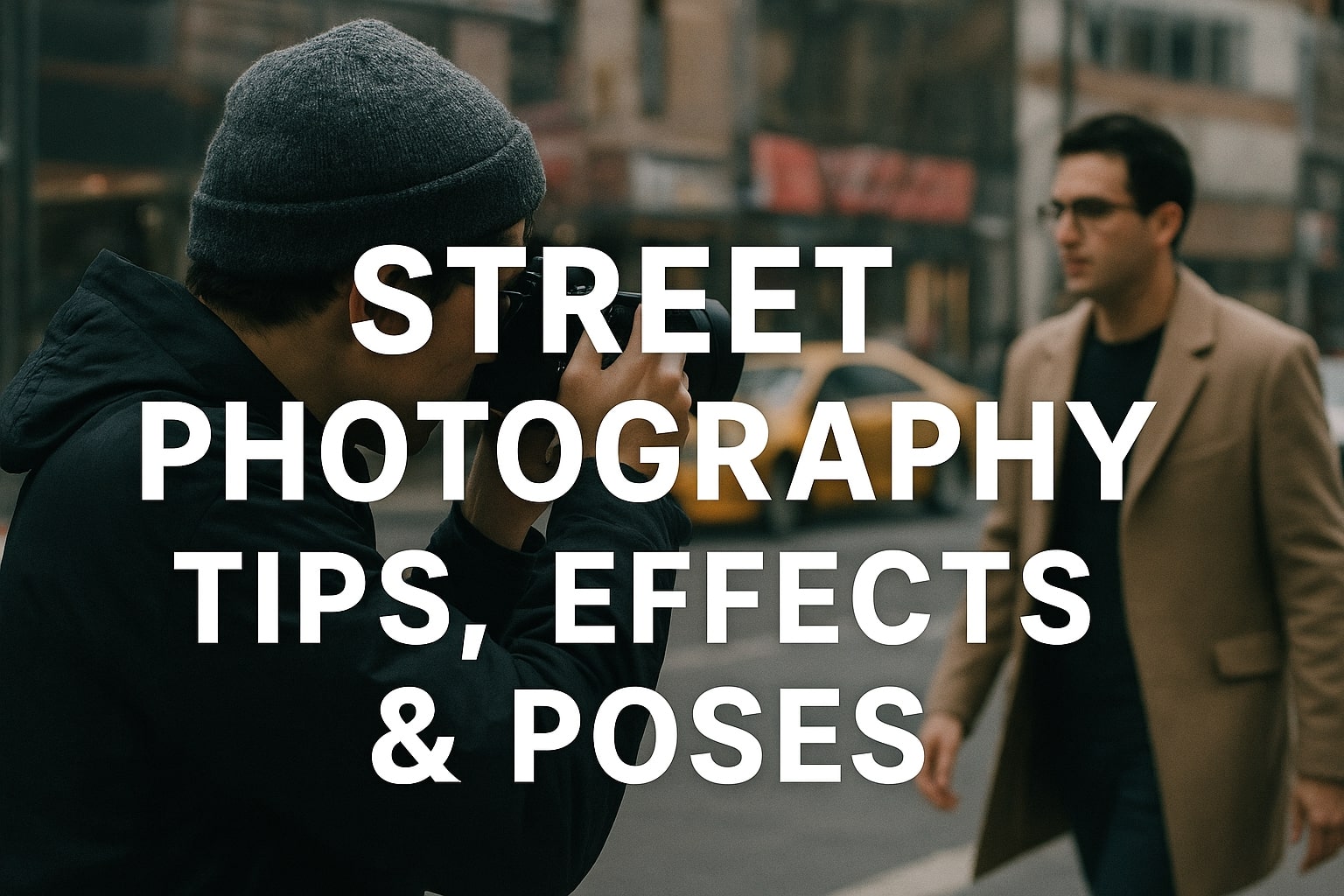
Street Photography Tips, Effects & Poses – Complete Guide
-

Leica Q2 for Photography: Why It’s Loved by Photographers
Mobile Photography Hacks: Candid Moments with Your Phone
Discover high-impact mobile photography hacks to capture genuine, gorgeous candid moments with your phone. Learn practical tips, composition secrets, and pro techniques to turn everyday scenes into stunning visual stories. Introduction: The New Age of Mobile Photography Photography has evolved beyond heavy cameras, technical jargon, and expensive equipment. Today, the power to capture extraordinary moments
Professional Model & Portfolio Photoshoots: Show Your Best Work
” Discover how to plan, style, and execute stunning portfolio photoshoots that showcase your skills, personality, and versatility. This comprehensive guide covers professional tips, posing ideas, gear suggestions, and industry insights for models and photographers.” Introduction – Why Portfolio Photoshoots Are the Cornerstone of a Photographer’s Career A well-crafted portfolio photoshoot is more than a
Street Photography Tips, Effects & Poses – Complete Guide
Discover the ultimate guide to Street Photography with expert tips, creative effects, and dynamic poses. Learn how to capture authentic urban moments, master composition, and tell powerful visual stories through your lens. Article Outline 1. Introduction to Street Photography Street Photography is more than just taking pictures of people in public spaces — it’s about
Leica Q2 for Photography: Why It’s Loved by Photographers
Introduction: The Cult Status of the Leica Q2 The Leica Q2 is not just a camera—it’s a statement. Combining the heritage of German precision engineering with modern digital excellence, it holds a special place in the hearts of professional and passionate photographers alike. With its full-frame sensor, prime Summilux lens, and minimalist design, the Q2
Top Cameras Under ₹1 Lakh for Freelance Photography
Freelance photography is no longer a niche—it’s a booming creative profession that demands not only vision and hustle but also the right gear. Your camera isn’t just a tool; it’s your storytelling partner. If you’re a freelance photographer aiming to balance performance, versatility, and budget, investing in a cameras under ₹1 lakh can offer the
Top Features of Nikon D850 That Make It Ideal for Photoshoots
Explore the top features of the Nikon D850 that make it a powerhouse for photoshoots. From exceptional resolution to dynamic range, this detailed Nikon D850 guide is built for professional and aspiring photographers. 1. Introduction When Nikon launched the D850, it quickly earned a reputation as a flagship DSLR that redefined what photographers could expect
